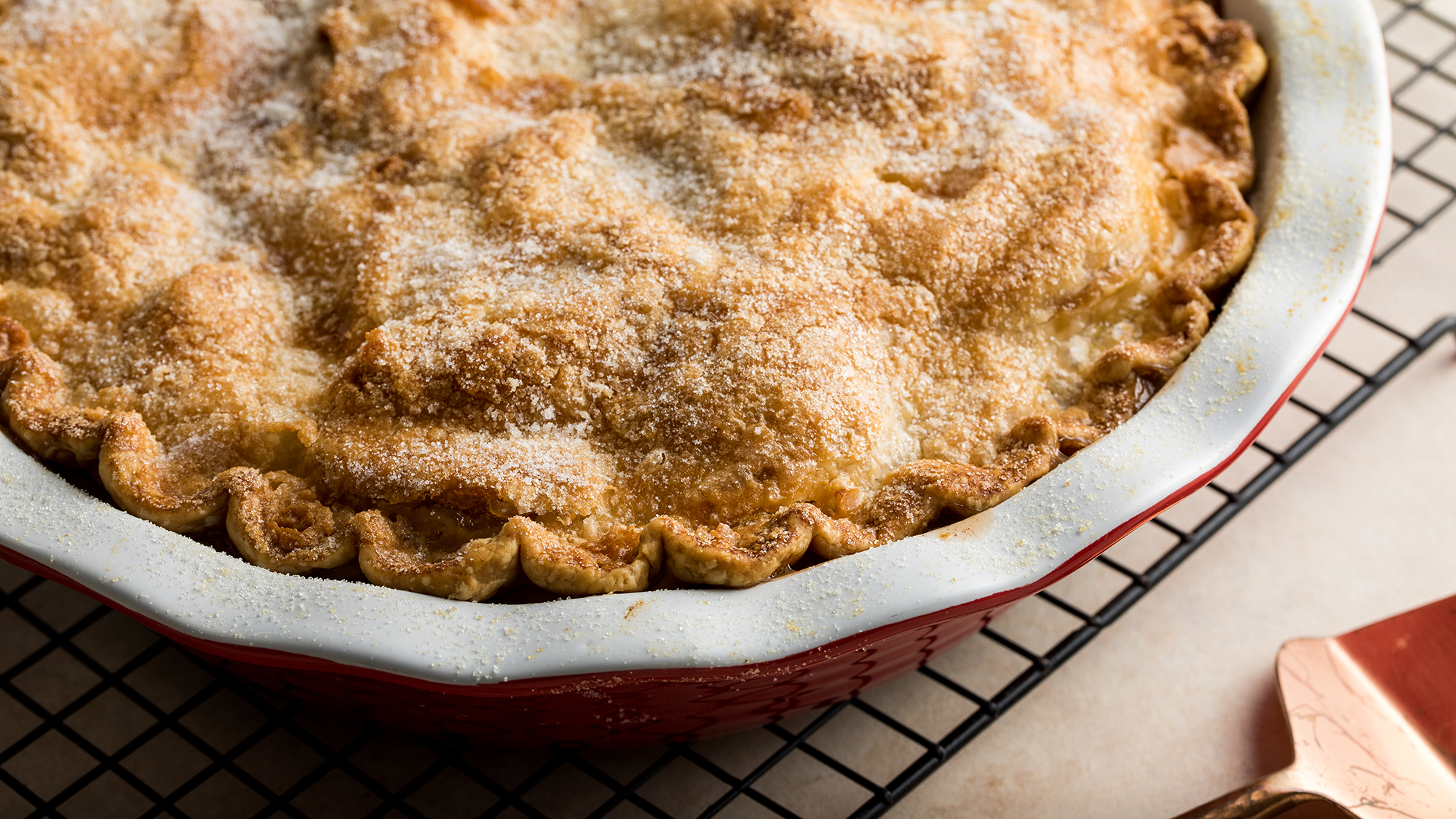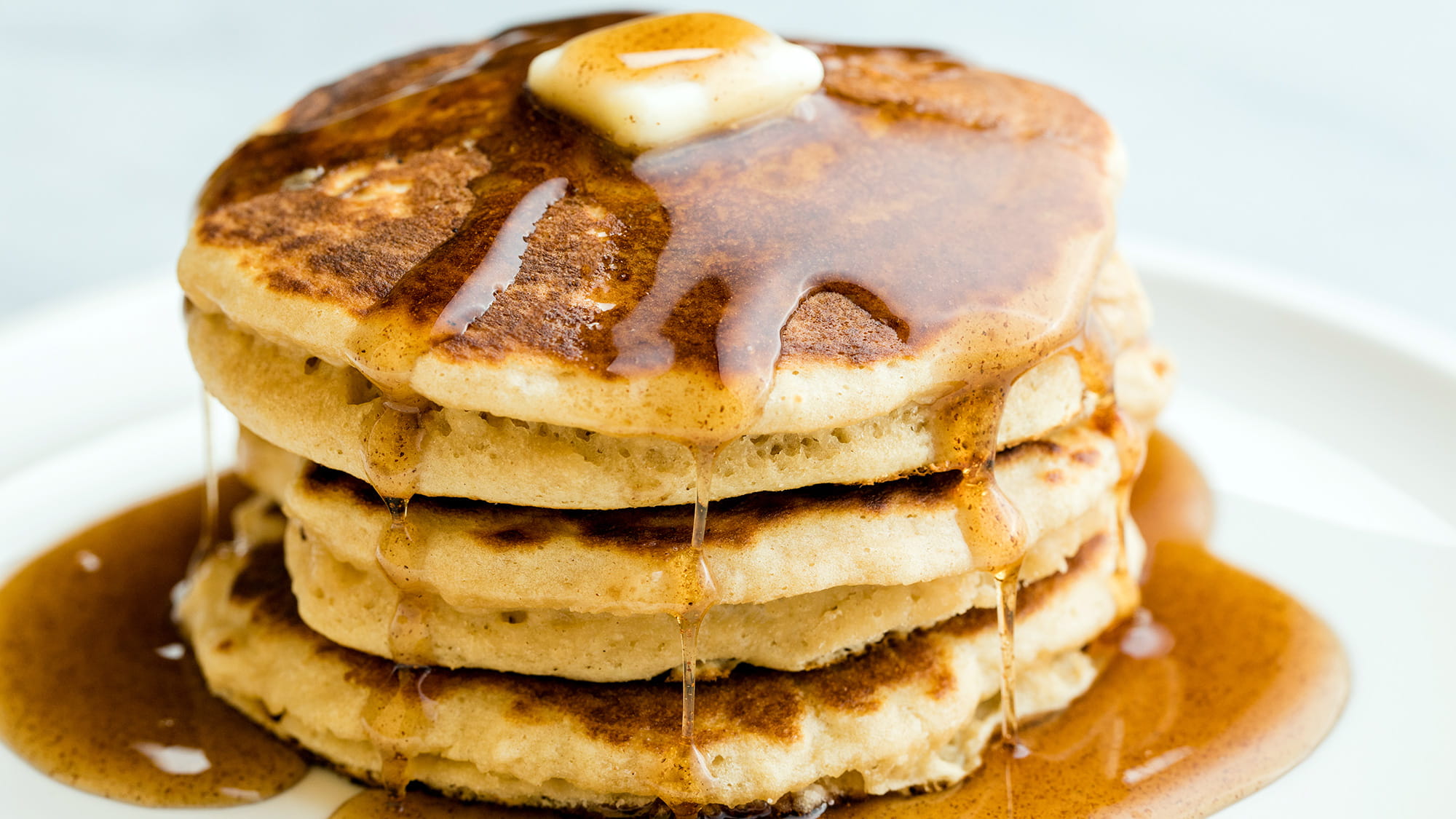Baking soda and baking powder are both essentials for any home baker. But what if you’re out of one or the other?
Don’t worry, you’re not doomed to create flat, rock-hard baked goods. And you’ve got options to sub out baking powder or making soda for other ingredients you probably already have in your kitchen. Here’s how to do it.
What’s the difference between baking soda and baking powder?
Baking Soda and baking powder are both leavening agents containing sodium bicarbonate. When they’re mixed with other ingredients in recipes for baked goods, they create air bubbles of carbon dioxide, which causes dough or batter to expand and rise during the baking process.
Even though baking powder and baking soda fill a similar role when cooking or baking, they aren’t exactly the same thing and can’t be used interchangeably.
All about baking soda
Baking soda is pure sodium bicarbonate, which is sometimes also referred to as bicarbonate of soda. It needs to be mixed with an acid — like yogurt, buttermilk, lemon juice, molasses or brown sugar — to create those air bubbles. If you ever created a science fair volcano using baking soda and vinegar, you’ve seen an extreme version of baking soda in action.
In addition to acting as a leavener, baking soda helps develop the flavor of your baked goods. It helps neutralize acidity and helps make baked goods tender and brown.
All about baking powder
Baking powder is a mixture of baking soda (sodium bicarbonate) and dry acids or acidic salts, like cream of tartar. Some baking powders also contain a starch, like corn starch.
Because it’s already a mixture of baking soda and acid, it only needs moisture to start creating bubbles and working as a leavener. Most baking powder at the grocery store is double-acting baking powder, which creates air bubbles on exposure to moisture and heat. That means you’ll get some leavening action when you mix your wet and dry ingredients, and more leavening in the oven during baking.
How to replace baking soda in a recipe
Replacing baking soda is fairly straightforward: Simple sub in three times’ the volume of baking powder. If your recipe calls for a teaspoon of baking soda, for example, adding three teaspoons of baking powder will do the trick.
|
If the recipe calls for this much baking soda… |
… Substitute this much baking powder |
|
¼ tsp. |
¾ tsp. |
|
½ tsp. |
1 ½ tsp. or ½ Tbsp. |
|
¾ tsp. |
2 ½ tsp. |
|
1 tsp. |
3 tsp or 1 Tbsp. |
How to replace baking powder in a recipe
Replacing baking powder is a little more complicated, since you’ll need a substitute for both the sodium bicarbonate and the acid. In addition, because baking soda is a much stronger leavener than baking powder, and you’ll need about one-fourth the amount.
Arm & Hammer recommends these substitutions:
|
If the recipe calls for… |
… Substitute with |
|
1 tsp. baking powder |
¼ tsp. baking soda plus ½ tsp. cream of tartar |
|
1 tsp. baking powder |
¼ tsp. of baking soda plus 1 tsp. of lemon juice or white vinegar |
Test baking powder and baking soda before you bake
Both baking powder and baking soda can go bad and become ineffective over time, so you should ensure they work before you start baking. You can test baking powder by mixing 1 teaspoon in a quarter-cup of hot water. If bubbles appear, it’s still good.
To test baking soda mix 1 teaspoon with some vinegar — you should see the bubbly “volcano” effect of your childhood.







